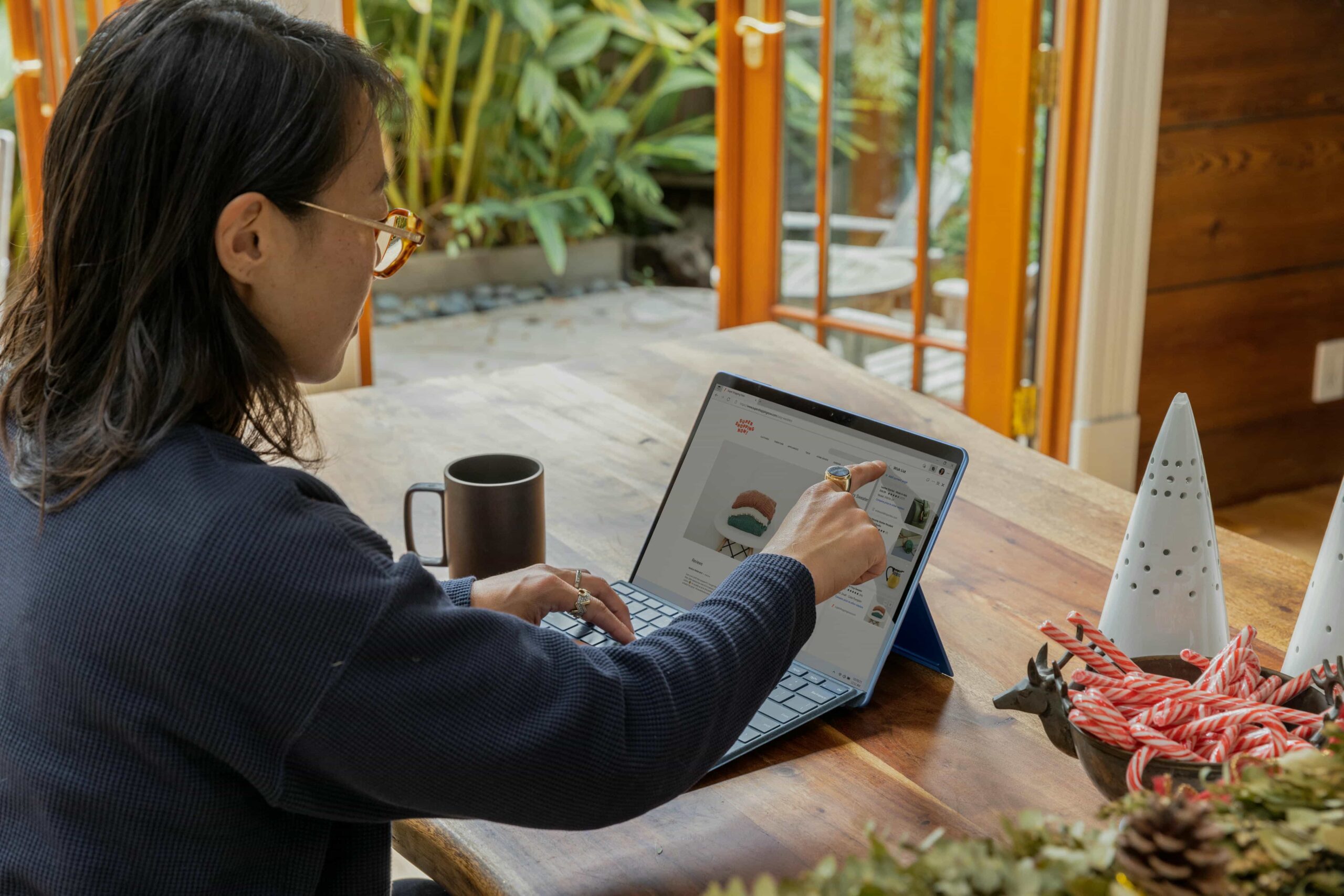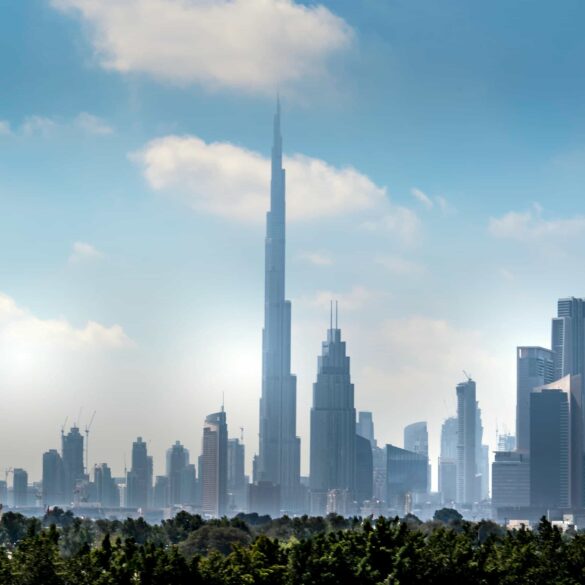The Philippines Investment Landscape: Your Complete Guide to Market Opportunities and Strategic Considerations
Here’s something that genuinely excites me about emerging market investing—the Philippines represents one of Asia’s most compelling yet misunderstood investment opportunities. Having spent considerable time analyzing Southeast Asian markets, I’ve consistently found that investors either completely overlook the Philippines or approach it with outdated assumptions. What strikes me most is how this archipelago nation has quietly transformed into a regional economic powerhouse while maintaining the kind of growth trajectory that makes seasoned investors take notice.
Let me be completely honest: when I first started researching Philippine investments back in 2019, I was skeptical. The political headlines, currency volatility concerns, and regulatory complexity seemed daunting. But the more I dug into the fundamentals—GDP growth consistently outpacing regional averages, a young demographic dividend, and increasing foreign investment liberalization—the more I realized I was looking at something special.
Philippines Economic Snapshot
The Philippines boasts Southeast Asia’s second-largest economy by population (over 110 million people) and maintains one of the region’s highest GDP growth rates, averaging 6.2% annually over the past decade. With a median age of just 25.7 years, it offers one of the world’s most favorable demographic profiles for sustained economic expansion.
Understanding the Philippine Investment Foundation
What really gets me passionate about Philippine investments is the convergence of multiple growth catalysts happening simultaneously. We’re witnessing infrastructure modernization through the “Build, Build, Build” program1, digital transformation accelerating across all sectors, and a consumer class that’s expanding rapidly. These aren’t just buzzwords—they represent tangible economic fundamentals that create genuine investment opportunities.
The Philippine Stock Exchange (PSE) has evolved considerably over the past five years. Back when I first started tracking it, liquidity was a concern and foreign participation felt limited. Nowadays, daily trading volumes have increased substantially, and the market’s correlation with regional indices has strengthened, making it more accessible for international investors.
“The Philippines is experiencing a demographic dividend that won’t peak until 2050, combined with one of Asia’s most English-proficient workforces. This creates a unique investment environment where consumption growth and export competitiveness reinforce each other.” Dr. Maria Santos, Senior Economist at Asian Development Bank
Actually, let me clarify something important here—when we talk about investing in the Philippines, we’re not just looking at traditional stock market plays. The investment universe includes real estate investment trusts (REITs), government bonds, corporate debt securities, and increasingly, private equity opportunities in high-growth sectors. This diversification is crucial because it allows investors to capture different aspects of the Philippine growth story.
High-Growth Investment Sectors: Where Smart Money is Moving
Having analyzed sector performance across multiple economic cycles, I’ve identified several areas where the Philippines offers genuinely compelling opportunities. The key is understanding which sectors benefit most from the country’s unique advantages—young population, English proficiency, strategic location, and government policy support.
Business Process Outsourcing and Technology Services
This sector absolutely fascinates me. The Philippines has become the world’s largest provider of voice-based customer service and back-office operations2. What’s particularly interesting is how the industry has evolved beyond traditional call centers into high-value services like software development, digital marketing, and financial analysis. Companies like Accenture, IBM, and hundreds of local firms have established major operations here.
Investment Opportunity Alert
The IT-BPM sector contributes over $29 billion annually to the Philippine economy and employs more than 1.3 million people. With the global shift toward remote work and digital services, this sector is positioned for accelerated growth through 2030.
| Sector | Market Size (USD) | Annual Growth | Investment Grade |
|---|---|---|---|
| IT-BPM Services | $29.5 billion | 8.2% | A- |
| Real Estate | $15.8 billion | 6.7% | B+ |
| Banking & Finance | $22.1 billion | 7.1% | A |
| Infrastructure | $41.0 billion | 9.3% | A+ |
Real Estate and Infrastructure Development
I’ll be honest—Philippine real estate initially seemed overvalued to me, especially in Metro Manila. But digging deeper into the fundamentals changed my perspective entirely. The urbanization rate is still relatively low compared to other Asian economies, and infrastructure investments are unlocking previously inaccessible areas for development3.
What’s particularly compelling is the REIT market, which only launched in 2020 but has already attracted significant institutional interest. These REITs provide exposure to premium office buildings, shopping malls, and logistics facilities without the complexities of direct property ownership. For international investors, this represents an incredibly efficient way to participate in Philippine real estate growth.
- Ayala Land REIT (AREIT) – Premium office and retail properties
- Robinsons Land REIT (RCR) – Diversified commercial portfolio
- DDMP REIT – Manufacturing and logistics facilities
- Upcoming launches from SM Prime and Megaworld
Consumer Goods and Retail
The demographic story here is absolutely compelling. With a median age of 25.7 years and rising disposable incomes, consumer spending is driving significant retail expansion4. I’ve been particularly impressed by how local companies like Jollibee Foods Corporation have successfully expanded internationally while maintaining domestic market leadership.
E-commerce growth has been remarkable, accelerated by pandemic-driven behavioral changes that appear permanent. Companies like Lazada, Shopee, and local players have created an entire ecosystem of digital commerce that’s still in relatively early stages compared to more mature markets.

Risk Assessment and Regulatory Considerations: What Every Investor Must Know
Let me address the elephant in the room—investing in the Philippines isn’t without risks, and I’d be doing readers a disservice by glossing over legitimate concerns. My approach has always been transparent risk assessment combined with practical mitigation strategies. After all, understanding risks thoroughly is what separates successful emerging market investors from those who get caught off guard.
Critical Risk Disclosure
All investments carry risk, and emerging market investments like those in the Philippines involve additional considerations including currency volatility, political uncertainty, regulatory changes, and liquidity constraints. Past performance does not guarantee future results. Consult qualified financial professionals before making investment decisions.
Currency and Macroeconomic Risks
The Philippine Peso (PHP) has experienced considerable volatility over the past decade, influenced by global commodity prices, remittance flows, and Federal Reserve policy changes5. What I’ve learned through experience is that currency movements can significantly impact USD-based returns, sometimes overshadowing underlying asset performance.
Interestingly enough, the Philippines maintains a relatively stable current account compared to other emerging markets, primarily due to substantial overseas Filipino worker (OFW) remittances—roughly $36 billion annually. These remittances provide a natural hedge against external shocks and support domestic consumption, but they also create dependency on global economic conditions affecting overseas employment.
“The Philippines’ external position benefits from consistent remittance inflows, but investors should monitor global economic conditions that could impact overseas employment and, consequently, domestic consumption patterns.” Standard & Poor’s Country Risk Assessment, 2024
Political and Regulatory Environment
Having tracked Philippine politics through multiple administrations, I can say the investment climate has generally improved, though challenges remain. The Marcos Jr. administration has maintained predecessor policies supporting foreign investment liberalization, which provides some policy continuity6. However, political dynamics can shift, and investors should stay informed about policy developments.
The recent amendments to the Foreign Investments Act and Retail Trade Liberalization Act have opened previously restricted sectors to foreign participation. This is genuinely significant—sectors like telecommunications, shipping, and retail now allow higher foreign ownership percentages, creating new investment opportunities that simply didn’t exist five years ago.
- Foreign Investments Act amendments allowing up to 100% foreign ownership in certain sectors
- Public Service Act revisions opening telecommunications and transportation
- Retail Trade Liberalization reducing minimum investment requirements
- CREATE Act reducing corporate income tax rates for qualified investments
Market Liquidity and Infrastructure Considerations
Let me be candid about market liquidity—the PSE, while growing, still has lower trading volumes compared to more established Asian exchanges like those in Singapore or Hong Kong. This can create challenges during market stress periods, particularly for larger investment positions. I’ve seen situations where significant positions became difficult to exit quickly without meaningful price impact.
That said, market infrastructure has improved substantially. The introduction of longer trading hours, improved settlement systems, and increased institutional participation have enhanced market efficiency7. Foreign investors now have better access through qualified institutional arrangements and direct market participation.
| Risk Factor | Impact Level | Mitigation Strategy | Monitoring Frequency |
|---|---|---|---|
| Currency Volatility | High | Hedging, Diversification | Daily |
| Political Risk | Medium | Policy Monitoring | Weekly |
| Liquidity Constraints | Medium | Position Sizing | Monthly |
| Regulatory Changes | Low-Medium | Legal Compliance | Quarterly |
Practical Investment Implementation: Building Your Philippine Portfolio
After years of analyzing emerging market investments, I’ve developed a framework that balances opportunity capture with prudent risk management. The key insight I’ll share is this: successful Philippine investing isn’t about finding the “perfect” investment—it’s about building a diversified exposure that can weather various economic scenarios while participating in the country’s long-term growth trajectory.
Market Access and Platform Selection
For international investors, accessing Philippine markets has become significantly easier. I typically recommend starting with established brokerages that offer PSE access—firms like BDO Securities, COL Financial, or international platforms like Interactive Brokers that provide emerging market access8. Each has distinct advantages depending on investment size and strategy complexity.
Beginner-Friendly Investment Approach
Start with Philippine-focused ETFs or mutual funds available through major international brokerages. This provides immediate diversification while allowing you to learn market dynamics before considering individual stock selection or direct market participation.
What I’ve found particularly valuable is beginning with index exposure through the MSCI Philippines Index or similar benchmarks. This approach provides broad market exposure while you develop familiarity with local market dynamics, regulatory environment, and economic cycles. Once comfortable, gradual sector allocation or individual security selection becomes more manageable.
Portfolio Construction Strategies
Based on my experience, a balanced Philippine investment approach typically includes multiple asset classes and sectors. I lean toward a core-satellite strategy—maintaining significant index exposure while adding targeted positions in high-conviction sectors or companies. This balance provides stability while allowing for alpha generation through selective investments.
- 40-50% Large-cap equity index exposure (core holding)
- 20-25% Sector-specific investments (IT-BPM, Infrastructure, Consumer)
- 15-20% REIT and real estate exposure
- 10-15% Government and corporate bonds
- 5-10% Alternative investments (Private equity, venture capital)
“The Philippines offers investors a unique combination of demographic tailwinds, structural economic reforms, and increasing integration with global supply chains. However, success requires patience, diversification, and ongoing monitoring of both local and global factors affecting market performance.” Portfolio Manager, Emerging Markets Fund
Looking ahead, I’m particularly optimistic about the Philippines’ position in global supply chain diversification. Companies seeking alternatives to traditional manufacturing hubs are increasingly considering the Philippines for operations, creating opportunities across multiple sectors—from logistics and real estate to technology services and manufacturing.
Monitoring and Risk Management
Successful emerging market investing requires ongoing attention to both macroeconomic indicators and company-specific developments. I maintain a monitoring framework that tracks key economic indicators, political developments, and sector-specific trends9. This isn’t just about performance measurement—it’s about early identification of changing conditions that might require portfolio adjustments.
The most important lesson I can share is this: Philippine investments should be viewed as long-term holdings within a globally diversified portfolio. Short-term volatility is inevitable, but the underlying demographic and economic trends supporting growth are likely to persist for decades. Position sizing should reflect both opportunity potential and personal risk tolerance.
References and Sources



